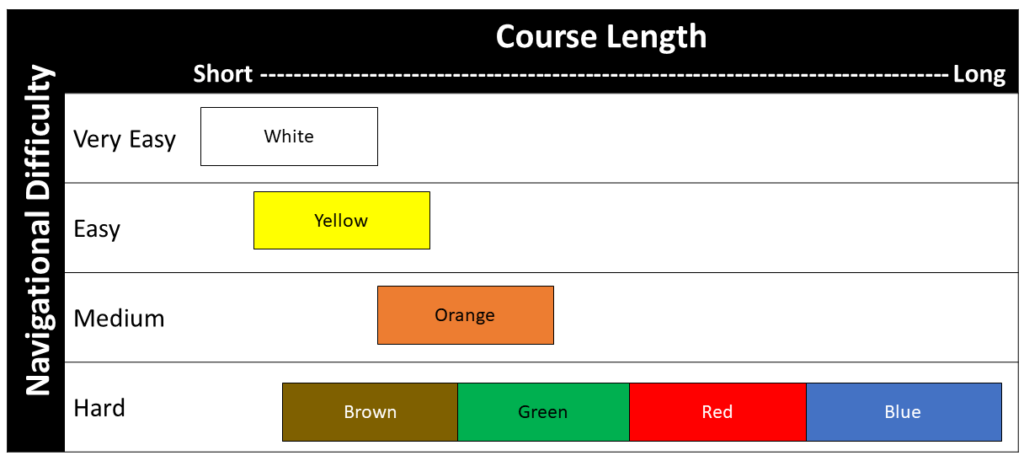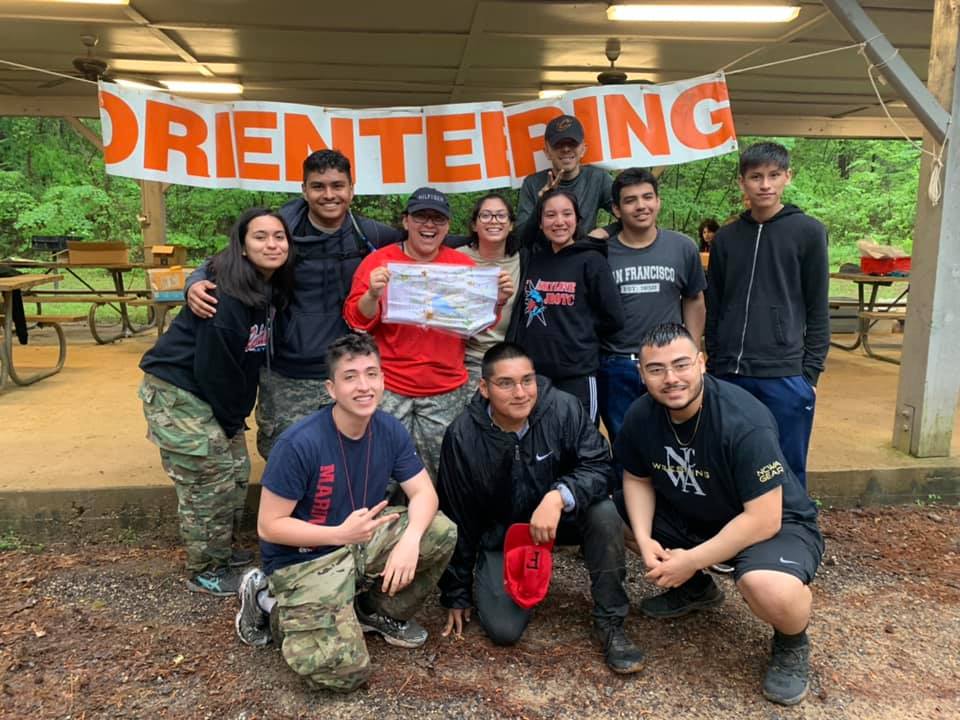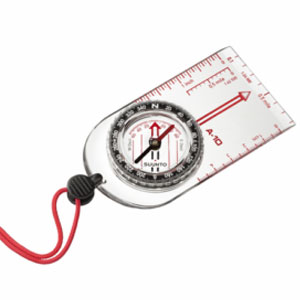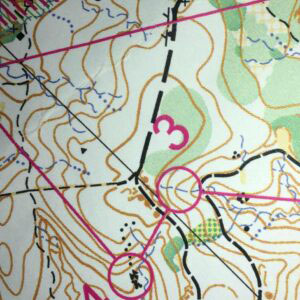
Choosing a course
Most NTOA events offer courses at different levels of difficulty, from beginner to expert. Choose a course that challenges your current skill level but is still easy enough to be fun! In the U.S., orienteering courses are described using a color. Learn about each one below:

White: Easiest — for beginners, especially families with young children. Length: 2-3 km
Yellow: Easy — for experienced beginners, such as adults or teens with outdoor experience. Length: 3-5 km.
Orange: Intermediate — a mix of easy and more challenging control points. Length: 4.5-7 km.
Brown: Advanced, short length — difficult navigation, shorter physical challenge. Length: 3-4 km.
Green: Advanced, medium length — difficult navigation, moderate physical challenge. Length: 4-7 km
Red: Advanced, long length — difficult navigation, longer physical challenge. Length: 6-9 km.
Your first event
So, are you ready to try orienteering? An orienteering event is similar to a running or biking race in that there is a place to register, a start, a finish, results and awards. However, there are quite a few differences, too.
Preregistration is highly encouraged. It speeds up the registration process on the day of the race, helps us to determine how many maps are needed and helps keep club costs down. Instructions for pre-registration will be on the event web page. You can pay online or at the event, but pre-registration itself is free!
NTOA uses electronic scoring for all in-person events except our Score -O events. This means that everyone, including recreational teams, will need to use a Sport Ident e-stick (aka, e-punch, e-card) on the course. They’re easy and fun to use, and you can rent one when you pre-register for just $3 if you don’t you own one.
Registration and Check-in
Registration is where you check-in, pay your event fees and turn in your signed liability waiver. You can download the waiver here and come with it already filled out, or we have blank copies at Registration. You will receive a “punch card” that has your identification, course information and a sequence of numbered squares. You will also need to retrieve your rental e-stick, if you rented one.
Equipment
Wear comfortable running shoes or light hiking boots, long pants (Texas terrain can be tough. You need protection against underbrush, cactus and poison ivy), a watch (there is a time limit), and, ideally, some eyewear to protect against branches. Bring a whistle (to call for help in an emergency) and a compass. The compass should be a basic protractor style with a clear baseplate. You can usually get one at an outdoor or sporting goods store for less than $15. However, we also have whistles to give to new orienteers, and loaner compasses. Just ask!
Tip: If you’re allergic to poison ivy, treat your clothes and shoes like highly contaminated articles. Wash your hands as soon as possible and do not sit in your car in contaminated clothing.
Water
Water will typically be available at the Start, Finish and at select locations on the course (indicated on your map). However, we encourage all participants to carry their own water in hot weather to prevent dehydration.

Beginner’s Clinic
We provide a Beginner’s Clinic before every meet (check each event schedule for timing) that lasts about 15 min. You’ll learn how to read an orienteering map, what clue sheets are, and how to use your compass and e-stick. The instructor will share some navigation tips and strategies. You’ll be ready to tackle your first course!
BSA Merit Badge Briefing
Before the Beginner’s Clinic is a meeting for Boy Scouts who are working on their orienteering merit badge. Learn more about in the Youth section of the site.
At the Start
While we used to assign start times, using e-sticks means this isn’t necessary. You can line up any time once the Starts begin. Arrive a few minutes early to get oriented. Look for the line corresponding to your course color. There are three stations.Be sure to listen to instructions from the Start officials. Each minute, people start on their course, and the line moves forward. Two minutes before you start, you’ll get clue sheets that contain useful details about the location of the controls on course. One minute before, you’ll receive your map. Don’t turn it over; put it into the plastic bag provided, if you wish, to keep it dry. Be sure to clear and check your e-stick (crew will explain) and punch the Start box!
At the Finish
Punch the Finish box with your e-stick and hand in your punch card at the Finish. Most events have a 3-hour time limit for course completion. Even if you don’t make it to all controls, or you decide to leave early, it is important that you check in at the finish. We keep track of who starts and want to make sure everyone finishes safely. If you don’t check in, we will assume you’re still in the woods, maybe in trouble, and may spend hours looking for you.
 For group leaders
For group leaders
We have an active community of JROTC units who regularly participate in our events, making for some healthy competition and camaraderie!
Orienteering is a great activity for groups, including:
— Families
— School classes and clubs
— JROTC units
— Scout troops
— Sports clubs
— Meet-ups
— Church groups
— Corporate team-building
For complete info on how to bring your group to an NTOA event, download our Group Leader Guide!




